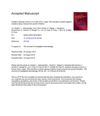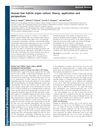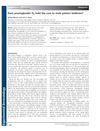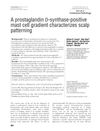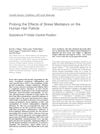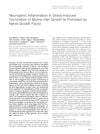Nuclear Factor (Erythroid-Derived 2)-Like-2 Pathway Modulates Substance P–Induced Human Mast Cell Activation and Degranulation in the Hair Follicle
May 2018
in “
The Journal of Allergy and Clinical Immunology
”
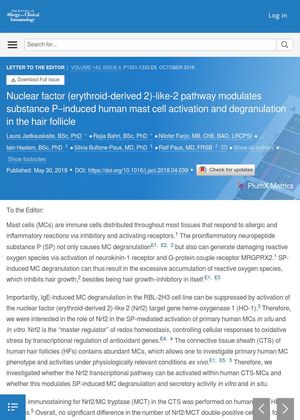
TLDR Activating the Nrf2 pathway reduces inflammation and cell activation in human hair follicles, suggesting a potential treatment for certain hair loss conditions.
The study from 2018 explored how the Nrf2 pathway affects substance P-induced mast cell activation and degranulation in human hair follicles. Researchers discovered that sulforaphane (SFN) activation of Nrf2 reduced mast cell degranulation and proinflammatory cytokine secretion in both in vitro and ex vivo models. SFN treatment notably increased Nrf2 target gene expression in mast cells from 8 donors and decreased substance P-induced mast cell degranulation markers and ß-hexosaminidase release in cells from 7 donors. Furthermore, SFN pretreatment lessened anaphylactic mast cell degranulation and mast cell numbers in human hair follicles ex vivo. These results imply that enhancing Nrf2 activity could be a potential therapeutic strategy for hair loss conditions like androgenetic alopecia and alopecia areata, which are characterized by increased mast cell activity. However, the study's sample sizes were relatively small, with the number of donors ranging from 2 to 9 and assay repeats between 3 and 4.
